No two heads of hair — or their hair care routines — are created equal. But many of the most damaging hair care habits are also the most common, from always air-drying wet locks to wearing your hair in a ponytail every day. While not all of these hair care habits guarantee disaster, they could be the reason your hair isn’t as strong, shiny, long, or all-around healthy as you’d like it to be. Here are some of the most common hair care mistakes and, most importantly, how to fix them so you can get the full, luscious locks of your dreams.

Washing Too Much — Or Not Washing Enough
Washing your hair with shampoo removes dirt and oil, which is necessary and good — to an extent. Your scalp and hair need some natural oils to stay healthy and hydrated, so shampooing too often can strip and dry out your strands. Not shampooing enough, however, can lead to buildup that may hinder hair growth or cause scalp irritation. Unfortunately, there’s no magic number for how many times per week you should shampoo; your ideal wash schedule will depend on your specific hair type. If you notice your hair is always oily, you may need to shampoo more often. If your hair seems dry and brittle, you may want to scale back.

Putting Conditioner on Sopping Wet Hair
While we’re on the topic of shower hair care routines, let’s address the second step in your washing regimen: conditioner. Most of us are quick to slather on conditioner as soon as the last shampoo suds wash away, but creamy conditioners can’t adhere to sopping wet hair — which means the product will slide off your strands and down the drain before it has a chance to penetrate the cuticle. For better results, gently squeeze or scrunch your hair to get rid of excess water before applying your conditioner.

Not Using a Wet Brush in the Shower
Using a wet brush in the shower is a great way to detangle knots that have been loosened with conditioner. Don’t take your go-to boar’s hair bristle brush into the water with you, though. A wet brush has wide-set plastic bristles and is specifically designed to glide through hair without tugging, thereby reducing breakage and making your hair more manageable.

Frequently Air-Drying Your Hair
Avoiding heat tools doesn’t guarantee we’re preventing damage. Our hair is most vulnerable when wet, so treating it carefully post-shower is crucial. Always air-drying your hair can cause unnecessary stress as the wet strands get rubbed and pulled through everyday actions. A heat protectant and a cool hair dryer setting can fortify your hair against frizz and breakage between washes by sealing the cuticle (for more shine) and solidifying your strands (for more strength).

Being Too Rough on Dry Hair
Hair isn’t just prone to damage when it’s wet. Jumping straight into vigorous brushing when your hair is dry can snap off fragile ends and cause dullness and frizz, particularly when it comes to color-treated or otherwise damaged locks. Opt for a gentler approach: Start at the ends, and once a small section is detangled, start on the section just above where you started. Lightly dampening your hair can also increase its pliability.

Not Cleaning Hair-Styling Tools
Any time we use brushes, combs, rollers, straighteners, or curling wands, we transfer oils, dust, and dirt from our hair onto our styling tools. And if we don’t clean the tools afterward, that same grime can return to our scalp and our hair. Not only is this just generally unsanitary, but it can also cause scalp irritation and dull, damaged hair. Try giving your styling tools a good clean once a month for optimal hair health.
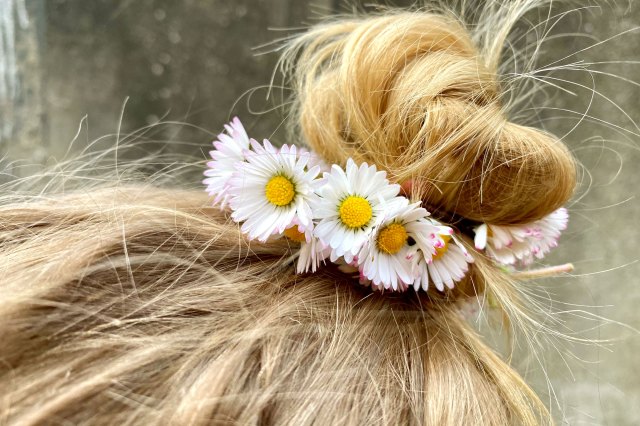
Always Fastening Your Updos in the Same Spot
When we secure our hair with elastics, claws, or other clips in the same spot day in and day out, we cause increased tension in specific areas of the head. Consequently, these spots become more prone to damage. To avoid this, try switching up your hair routine throughout the week to disperse the load across your locks evenly. If you wear a high pony on Monday, try a low pony or a loose braid on Tuesday, a French twist on Wednesday, and so on. (Bonus: This is a great excuse to try new hairstyles.)

Waiting Too Long Between Trims
Getting a trim can seem counterproductive if you’re trying to grow out your hair. But waiting too long between trims can cause split ends that break off further up the hair shaft — which means you’re actually losing length either way. Regular maintenance cuts (every six to nine weeks, depending on whether you want to grow your hair longer or keep it at a specific length) help protect your ends from splitting and breaking, which actually helps hair grow faster and healthier.

Not Taking Nutrition Into Account
Hair care is more than what we put on our scalp — it’s also what we put into our bodies. Getting the appropriate amount of protein, vitamins, and minerals is a must for shiny, healthy hair. If you’ve tried every hair care product in your arsenal and are still unhappy with how your locks look, try assessing your diet. Make sure you’re eating plenty of vegetables, healthy fatty acids, and whole foods to keep your hair healthy from the inside out.

Using the Wrong Products
Different hair types need different products. Curly or textured hair, for example, tends to absorb less oil than straight hair, and generally does better with super-hydrating conditioners and styling treatments. That’s why it’s important to tailor your routine to your specific strands. If you don’t know where to start, your stylist may be able to recommend certain products based on your needs — and buying through them is often cheaper than finding the products online. (Plus, you’re helping out their business.)
This article is for general informational purposes only.
Affiliate Disclaimer Medical Disclaimer




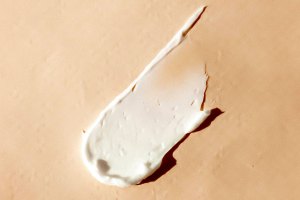

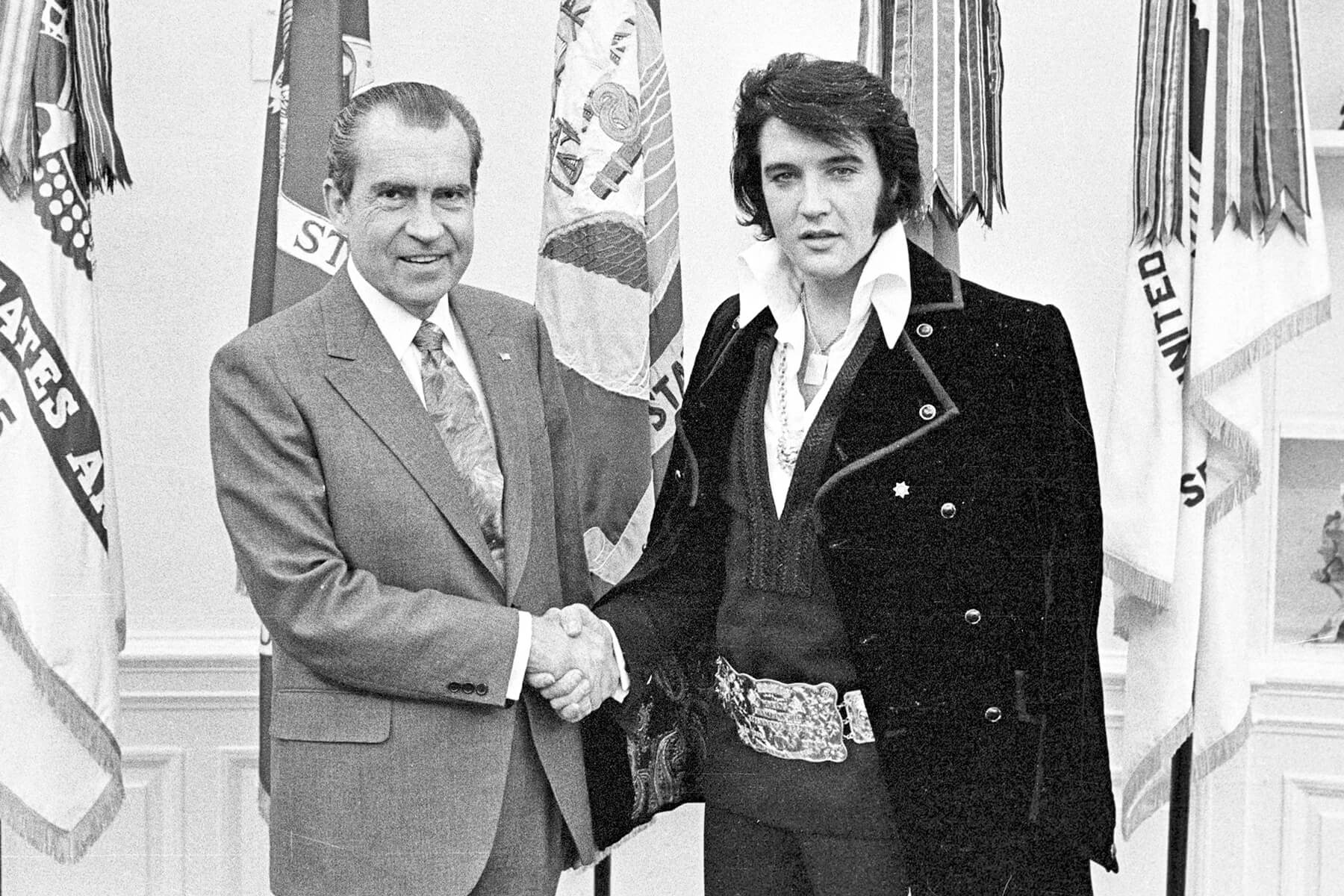
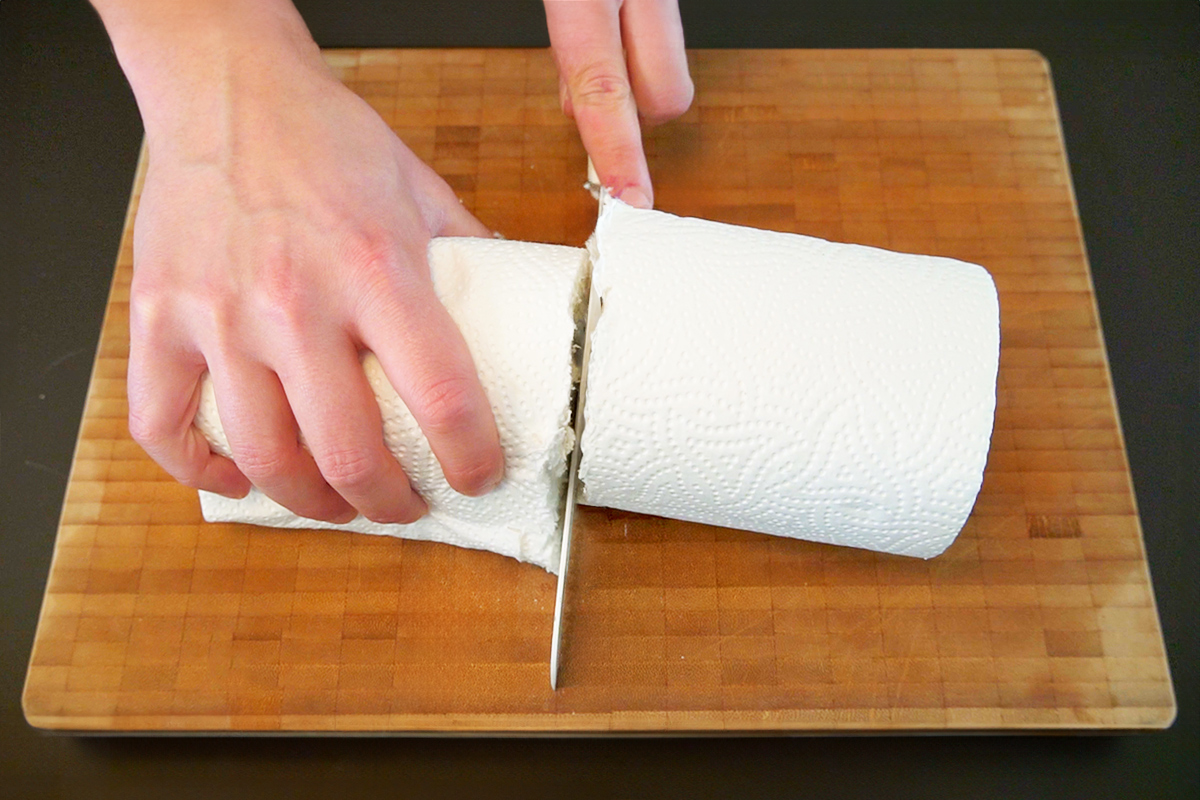

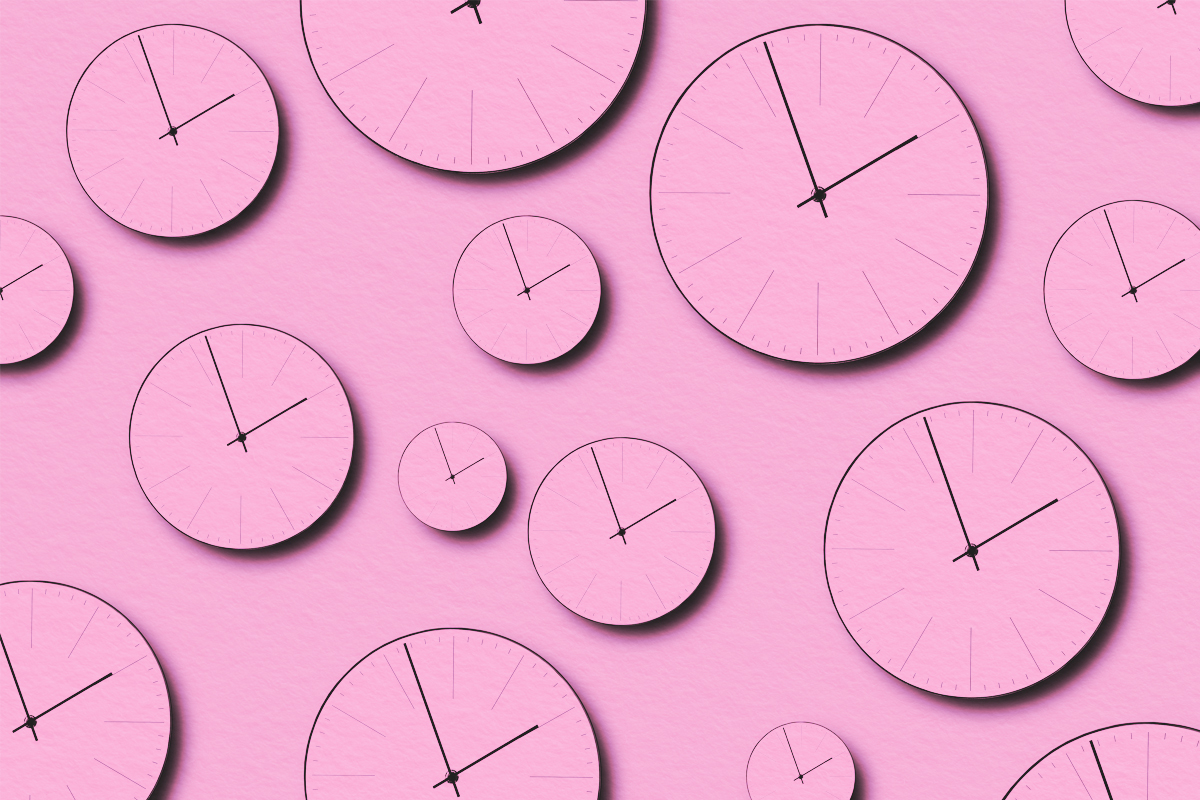

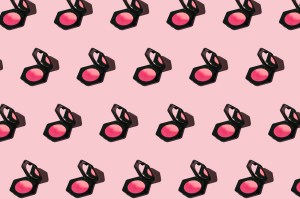




 Unique Beauty is free for all users.
Unique Beauty is free for all users.